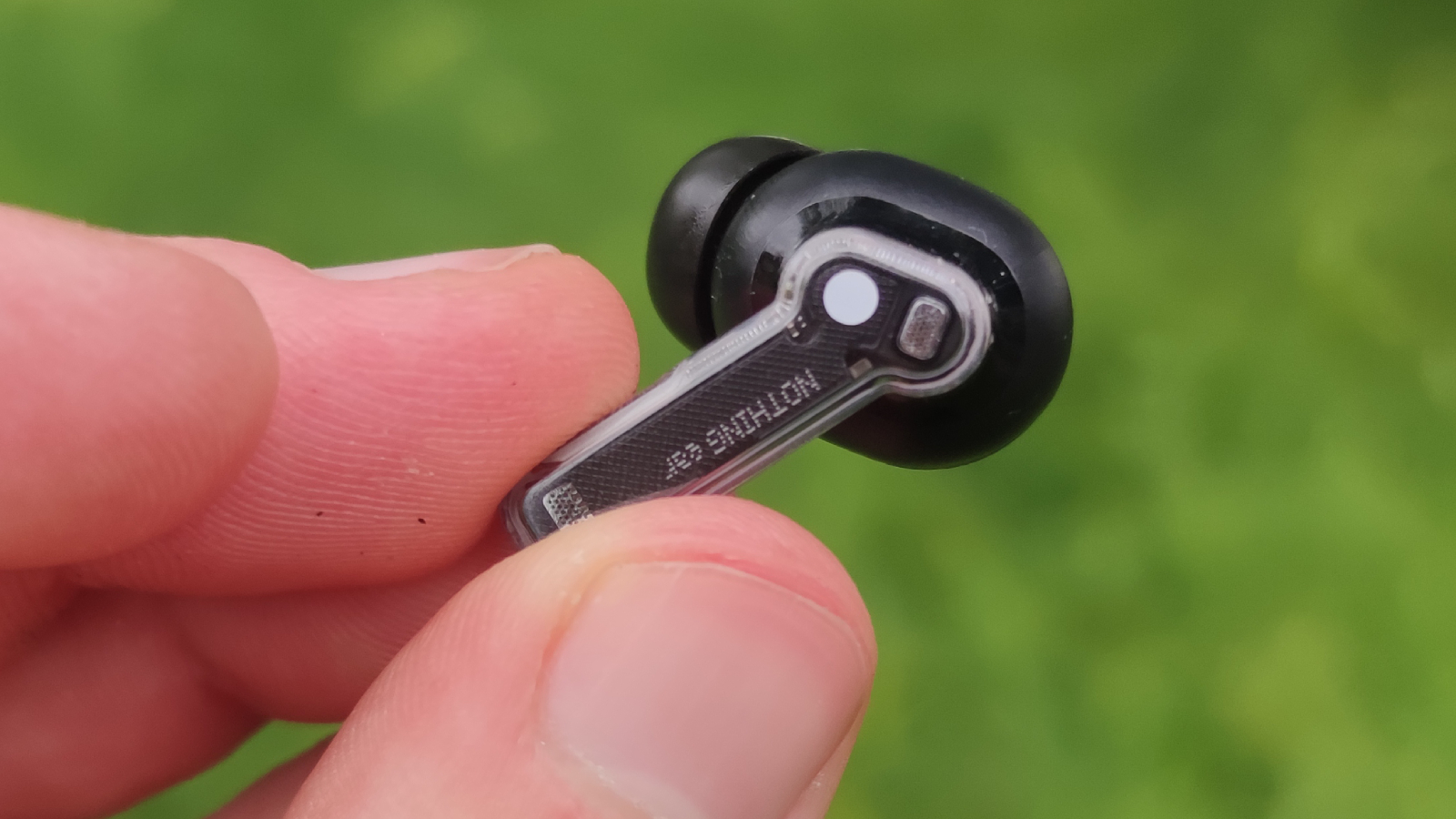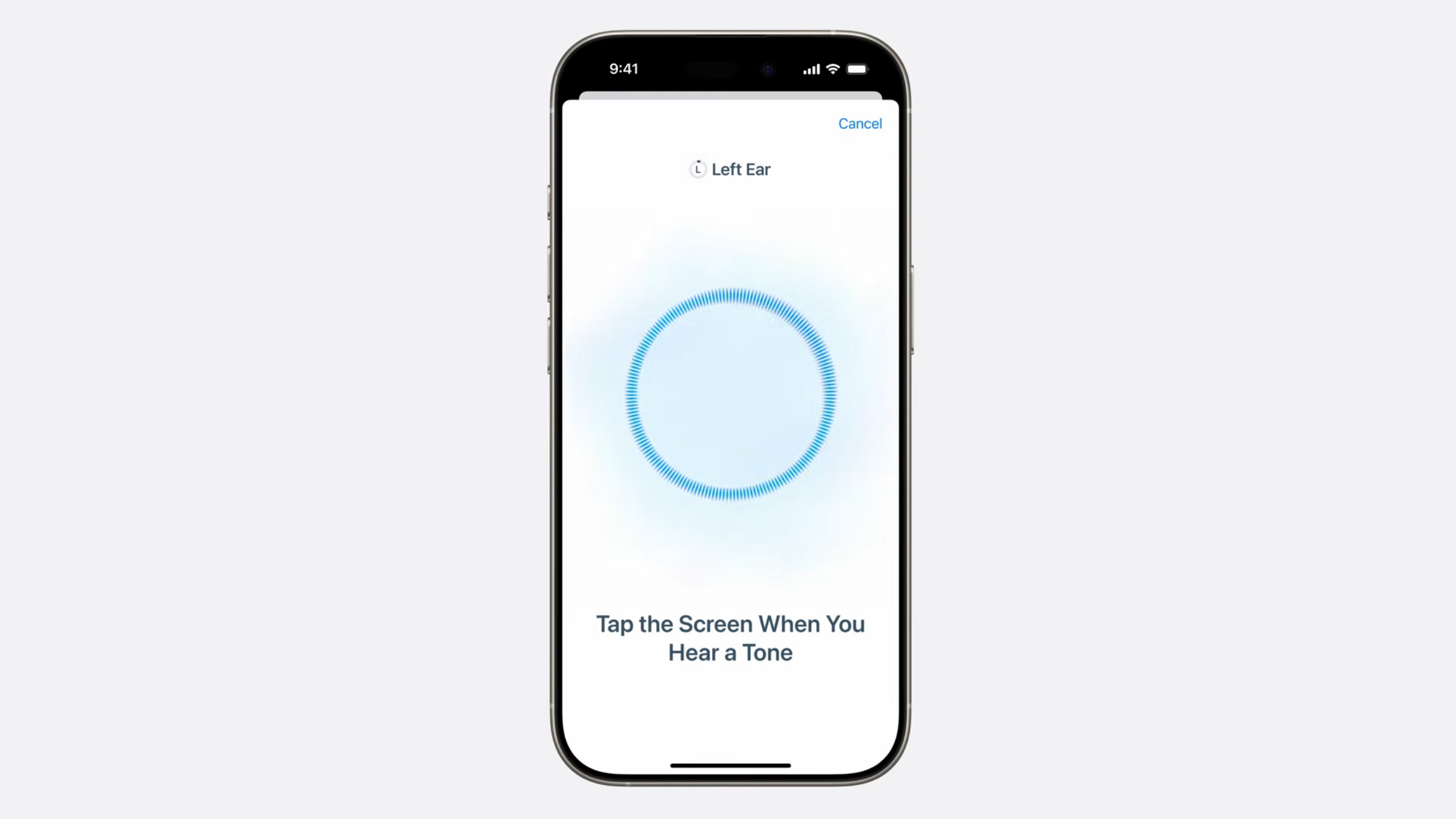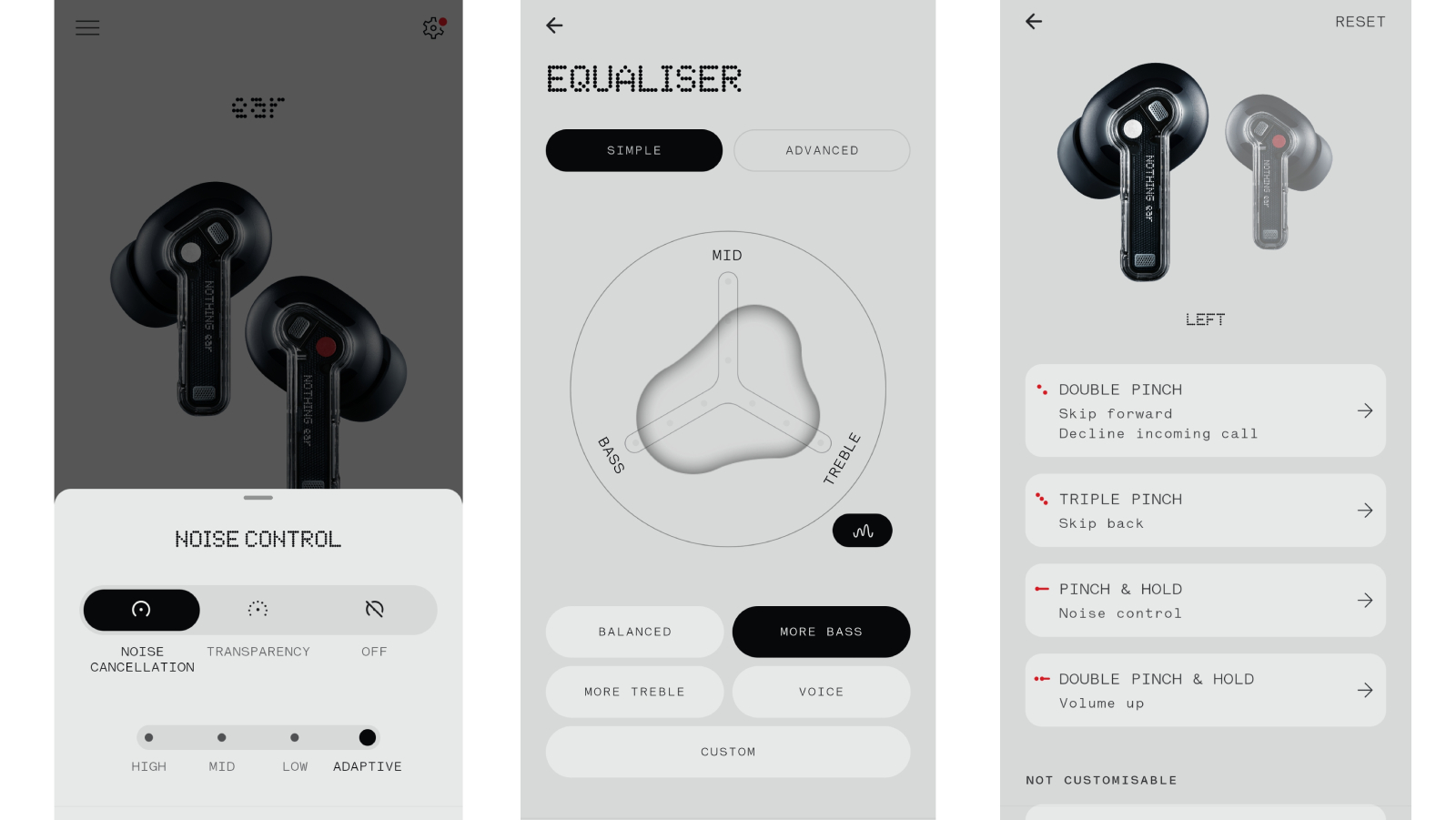Apple's new AirPods Pro 2 features miss one trick that I loved in these rival earbuds
There's a lot you can do with a hearing test...

Apple took pages from many other companies' playbooks during its Glowtime event launch livestream. The iPhone 16 is getting a Sony Xperia-esque shutter button, the Apple Watch Ultra 2 now comes in Samsung's favorite Bronze hue and a feature coming to AirPods Pro 2 almost gave me deja vu for how much I've used it in other earbuds recently... but it misses one trick.
Let's backtrack, for those of you confused by my lack of context. At Apple's annual new-gadget hoedown, it didn't announce the AirPods Pro 3 as some were expecting, but three new features coming to the AirPods Pro 2 later this year (and two pairs of AirPods 4).
One of these features is improved noise cancellation to protect you from hearing damage resulting from super-loud sounds. Another is a clinically-approved mode which turns your AirPods Pro 2 into hearing aids, which is a game-changer for accessibility.
The last feature, and the one in question, is a hearing test which lets you monitor your ability to hear. When Apple demonstrated it in stream, I immediately recognized it as being similar to others I've tested over the course of reviewing earbuds.
But sadly, it sounds like Apple is missing a trick by not taking it as far as its rivals.
About the AirPods Pro 2 feature
When iOS 18 brings the requisite upgrades to Apple's Health app on iPhones later this year, the new AirPods Pro 2 feature will be available for all owners of the device.
This 'feature' is a test, which Apple predicts will take roughly five minutes. During it, you'll have to identify sounds and tap the screen, with the noises changing frequencies and panning to check where your hearing is strong or weak.
Sign up for breaking news, reviews, opinion, top tech deals, and more.

The Health app will show you a graph, comparing your hearing between either ears and any losses in your hearing profile. You can even share this data easily with a healthcare provider or expert.
The whole point of this is that everyone hears slightly differently, not just because of hearing loss but because of the nuances of our ears. Some people might pick up lower frequencies and bassy sounds better, other people might hear higher-pitched trebles with ease. Apple's hearing test lets you understand this, and chart changes over time.
That's all well and good from a health perspective, but I've done these tests on other earbuds before, and I think Apple is missing a huge trick.
Deja-tune
I've already done that test I described above (and yes, it's as much as a faff as that five-minute timeline suggested!). Not on the AirPods Pro 2, but on another pair of earbuds from earlier in the year: the Nothing Ear (though earlier versions of this third-gen earbud also had similar features).
The Nothing Ear has a sound personalization test which is undertaken in a very similar way to Apple's, in that you have to keep tapping a button along to a sound until it fades. I've previously written about how this changed how I listened to music, and the Nothing Ear (2)'s similar feature impressed our audio editor just as much.

What was so great about the Nothing Ear sound personalization feature isn't just that it uses technology magic to understand the way your hearing works, like Apple's AirPods Pro 2 feature, but it took it a step further.
Nothing used this hearing data in its app equalizer, in order to tweak your sound mix in accordance with the quirks of your ears. I, apparently, don't hear too well in the higher pitches, and so when the test discovered this it boosted treble to make it more prominent in songs.
Similarly, if someone did the test whose hearing tilted towards the higher pitches, the buds' ludicrous amount of bass boosting could lend them a hand to enhance the thumping rhythms of tunes.
Some other earbuds have modes which test your hearing, for example some cheap earbuds from Sony I'm currently testing, although Nothing's remains the most impressive I've used to date. The way it used health data to improve the user experience with the earbuds should be a gold standard of what Apple is trying to do.
So when I realized that Apple was doing the test only for health reasons, instead of to improve music, it felt like a surprising decision. Of course listening health is important, especially if you want to justify your wallet-melting premium earbuds, but isn't sound quality one of the most important elements of earbuds? And it's not one Apple can afford to skimp on either, given how it compares to all the competitors in the busy earbud market!
There's a lot more to learn about this new AirPods Pro 2 feature when it rolls out, and perhaps Apple will opt to use the data to improve EQ later down the line (or when the AirPods Pro 3 come out). But for now, the announcement has me wishing Apple had gone the full way!
You may also like
- Not tied to Apple? See our pick of the best earbuds you can currently buy
- See our roundup of the best AirPods on the market right now
- Prefer cans? Our roundup of the best over-ear headphones is what you need

Tom Bedford joined TechRadar in early 2019 as a staff writer, and left the team as deputy phones editor in late 2022 to work for entertainment site (and TR sister-site) What To Watch. He continues to contribute on a freelance basis for several sections including phones, audio and fitness.